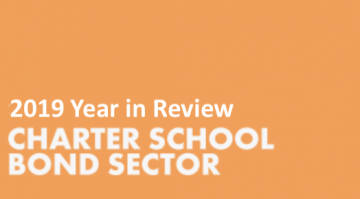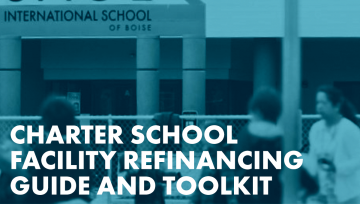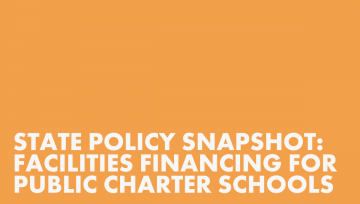
Fostering Charter School Growth Through State Loan and Grant Programs
Most state laws do not provide public charter schools with the full amount of state and local funding that other public schools receive. And many charter school leaders struggle to locate funds to build and or renovate facilities for students to attend school.






